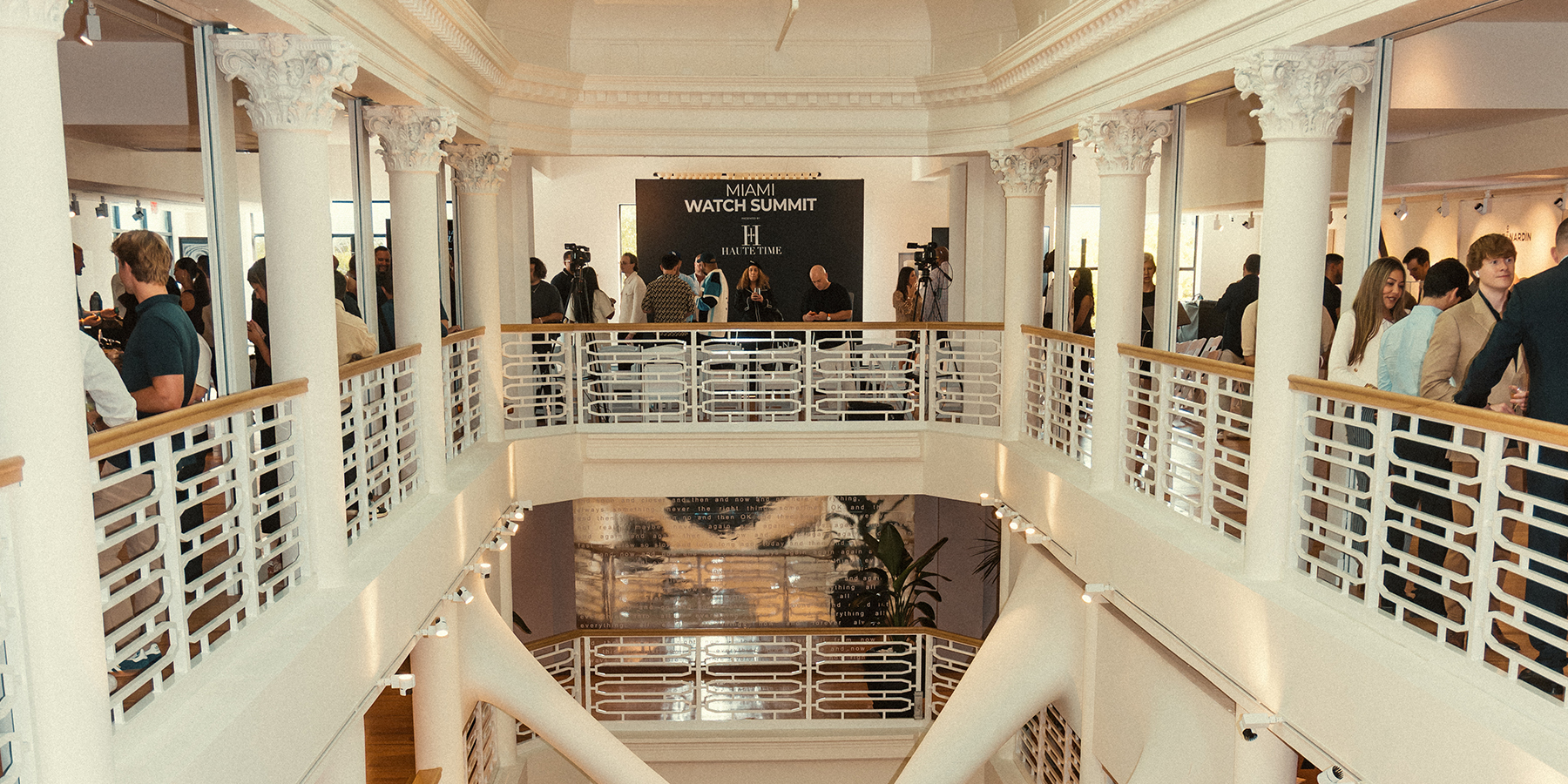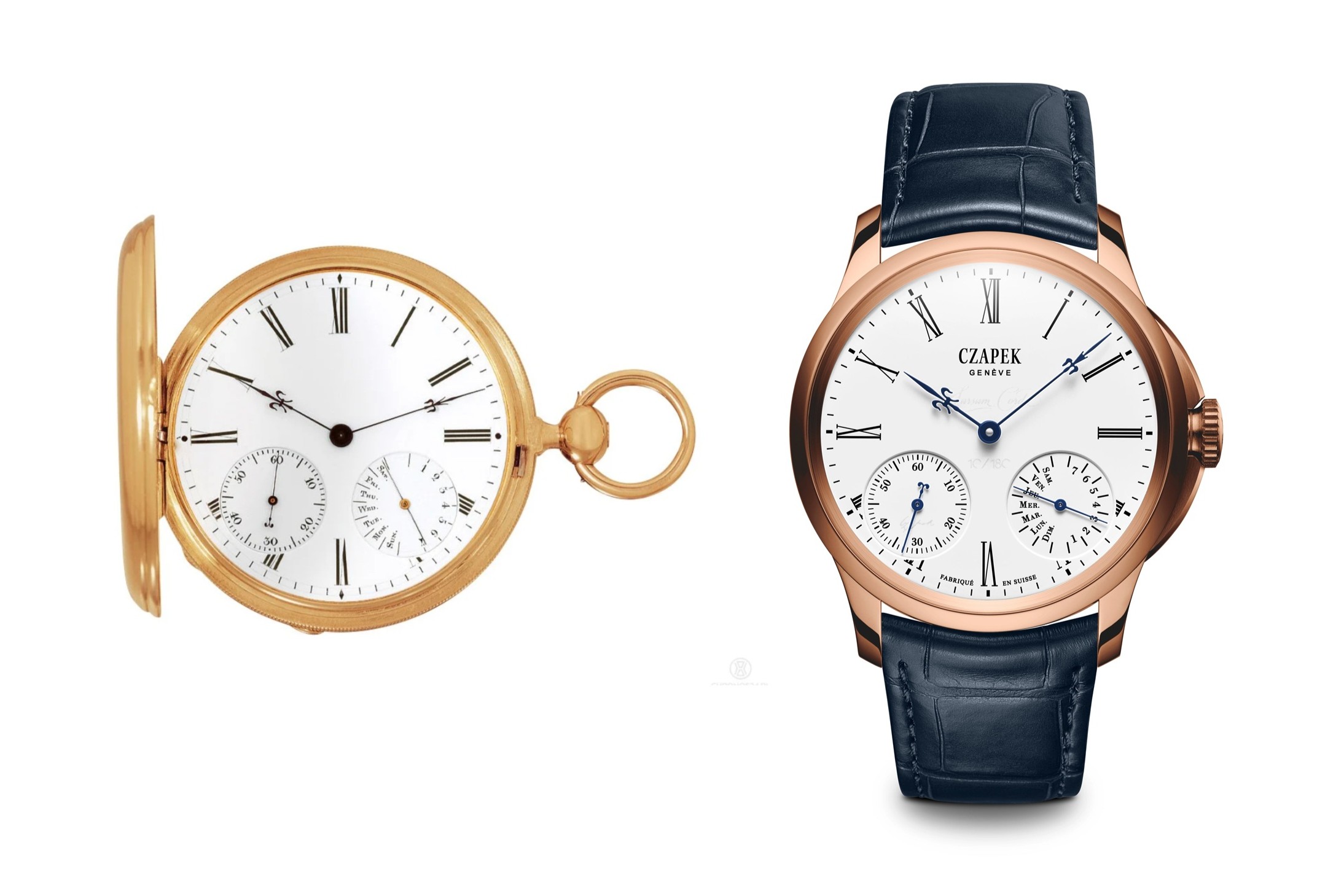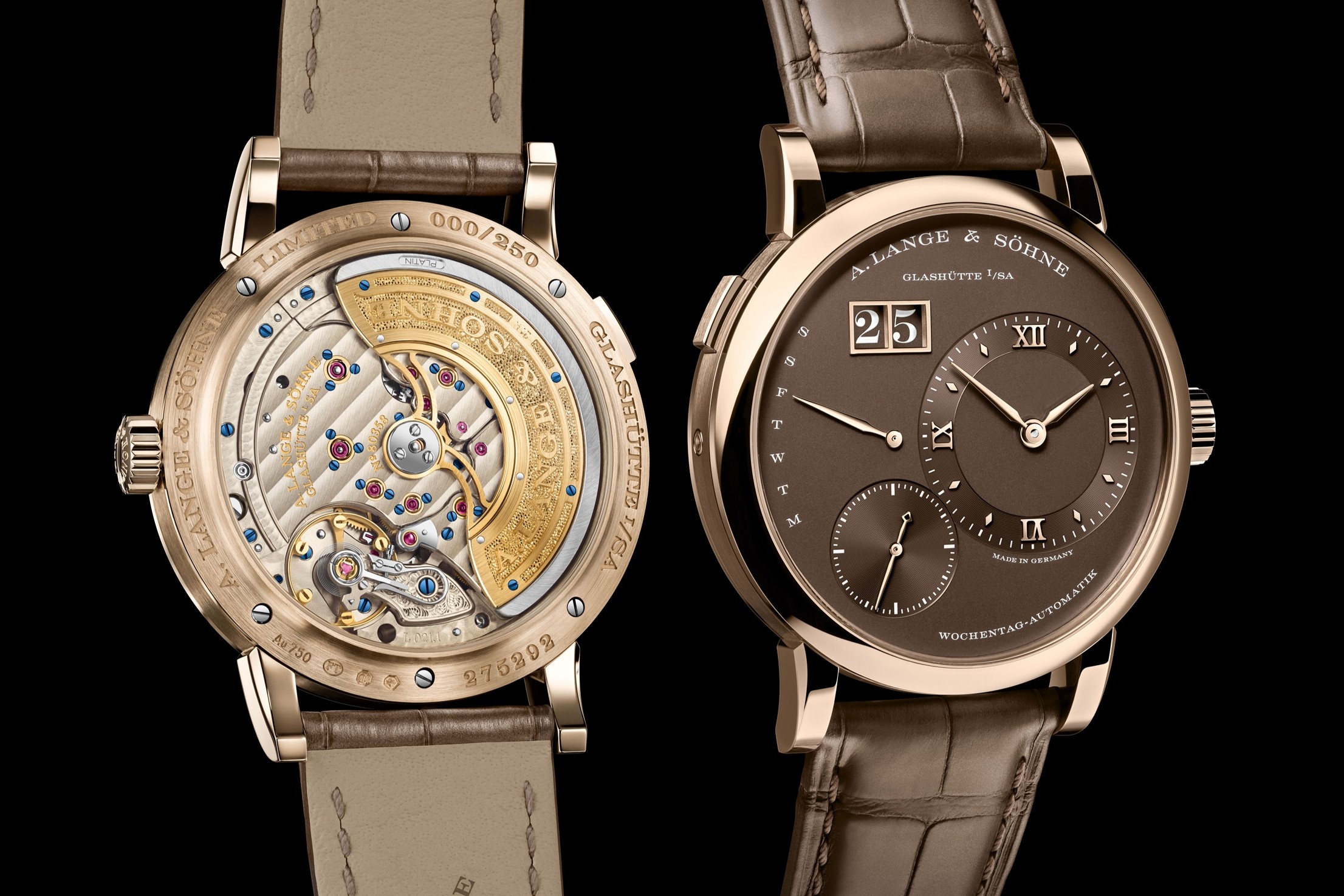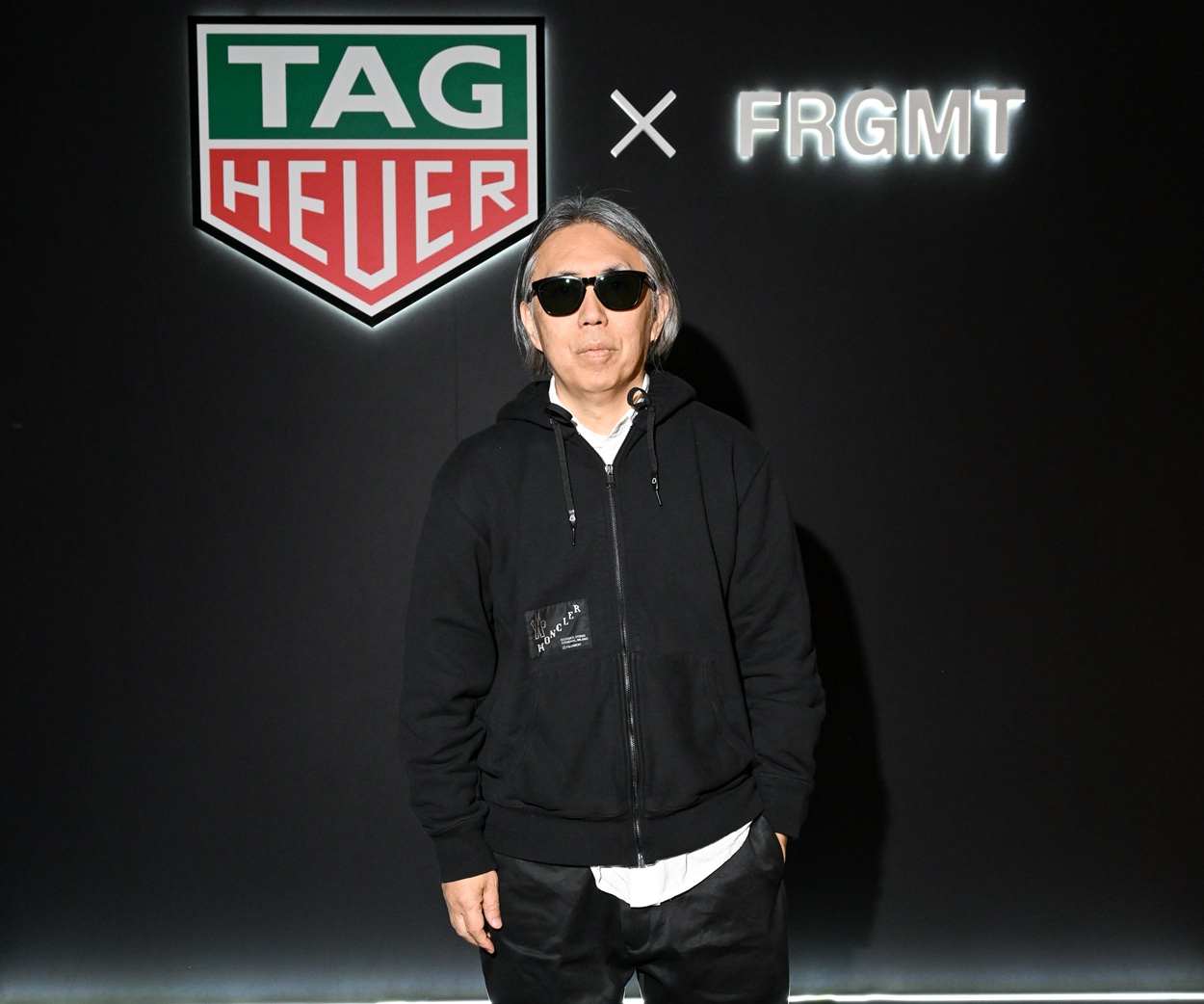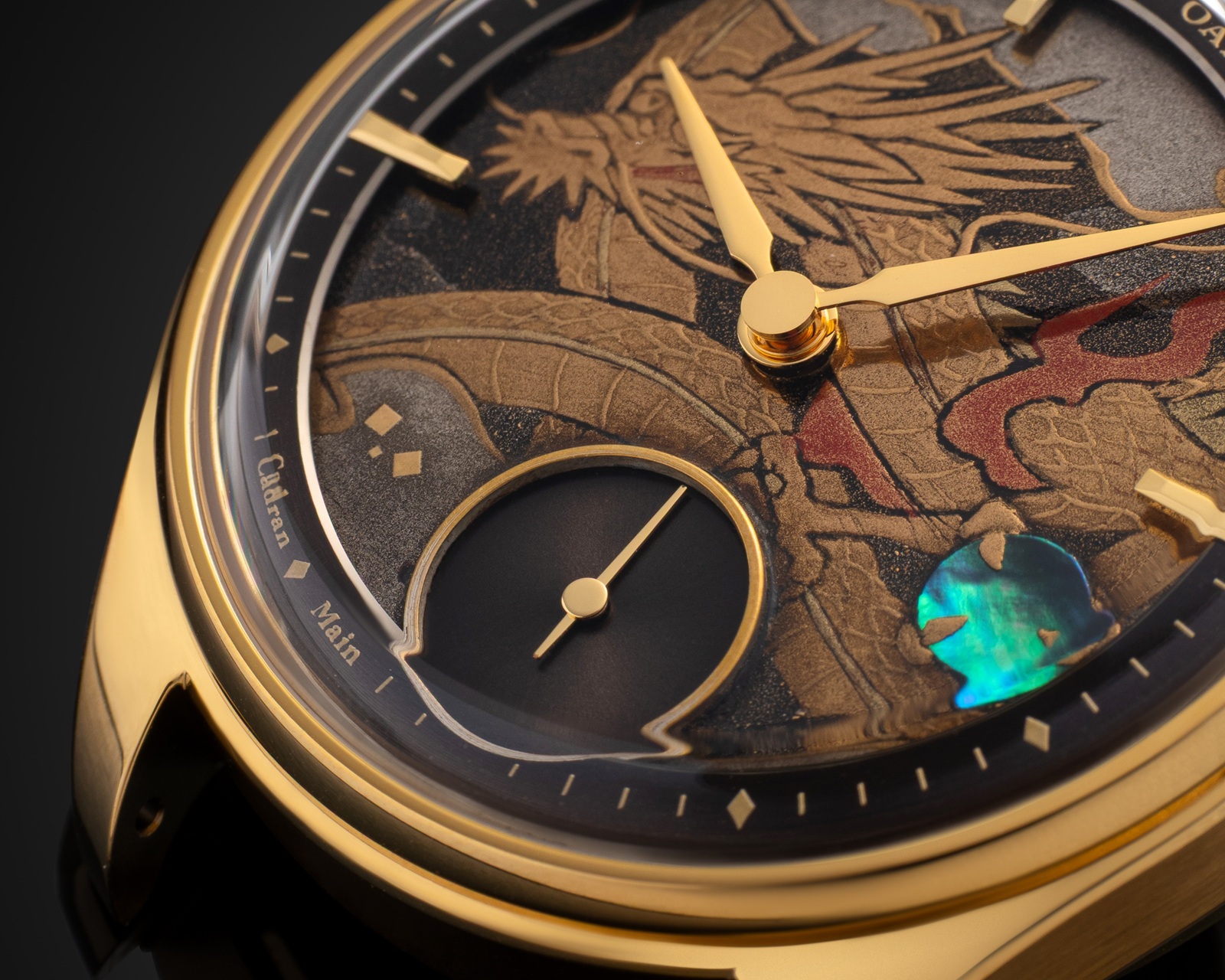
Zenith: Inside The Manufacture

El Primero. It’s a much-coveted position in the ultra-competitive watch industry, and one that Zenith occupies in terms of movement production, thanks to a caliber of the same name. But in 2015, Zenith aims to cement its position as a leader in a new field.
“The objective of this year is to be known for the proper reasons,” said Zenith’s new CEO, Aldo Magada, whom we met at the manufacture shortly after SIHH 2015.
Georges Favre-Jacot was only 22 years old when he founded Zenith in Le Locle, Switzerland, in 1865. But despite his young age, his impact on the industry continues to ripple today.
Favre-Jacot revolutionized the watchmaking process, preceding Ford in bringing specialized artisans under one roof, a true Manufacture, to create all parts in-house.
In doing so, he also changed the local landscape and laid the foundations for the international fame of Le Locle. Powered by freshly laid train tracks connecting this small border-city to the Swiss capital, hundreds of watchmakers moved to Le Locle, some opening a watchmaking school only three years later. That school sill runs today.
The reconfiguration of the workforce allowed the manufacture to grow quickly, giving it the ability to create everything in-house.
However, the brand’s crowning achievement came much later, in 1969 when it introduced the world’s first automatic chronograph. Capable of measuring short times to the nearest tenth of a second, El Primero set a new standard for the watch industry.
By the mid-1980s, it is said Zenith was producing more calibers than watches, and supplying some of the world’s largest brands, most notably Rolex.
According to the brand a single El Primero watch requires an average of nine months of work, during which 300 pairs of expert hands perform over 2,500 operations. Few could compete with those numbers.
“But we are so much more than the brand who did the chronograph movement for Rolex,” explained Aldo Magada, as he walked us into the brand’s fine watchmaking department.
There, a small team of Zenith’s finest watchmakers hand-make Le Locle’s most exclusive watches. In fact, they are already taking complications such as tourbillons one-step further.
For Zenith’s haute horlogerie watchmaking division is convinced it has found a better way of cancelling out the negative effects of gravity.

Following five years of research and development, the brand introduced the “Gravity Control” gyroscopic module, a feature of its Academy Christophe Colomb Planète Bleue, and one of the major breakthroughs of 21st-century watchmaking.

This stunning watch also features fine stone marquetry with hours and minutes off-centered at 12 o’clock, the self-regulating Gravity Control module at 6 o’clock, a small seconds display at 9 o’clock and a power-reserve indicator at 3 o’clock.
While Zenith continues to explore new frontiers in its haute horlogerie department, it is also introducing head-spinning limited editions such as the diamond-studded Zenith Pilot Type 20 Tourbillon in white gold.
The impact of Magada’s arrival has been immediately felt at Zenith. There’s a renewed sense of excitement at the manufacture, with Le Locle once again pushing for new breakthroughs in the watchmaking industry.
As Zenith prepares to celebrate its 150th anniversary in 2015, Magada says the brand is ready to change gears and write another chapter of its history.
If there is a confidence about the place, it’s because the manufacture has knack of distinguishing itself during troublesome times. After all, this is the brand that responded to the Quartz crisis with one of the most celebrated mechanical watches of the 1970s and 1980s.
Shortly after, in 1991, the manufacture also came through a risky re-branding strategy, adopting the name of Zenith, the highest point in the sky, as a symbol of its success.
And the brand has been celebrating its history by looking at it with a new lens. Shortly after taking over Zenith, Magada introduced the Academy Georges Favre-Jacot, a watch that exemplifies Zenith’s new direction.

The timepiece adds verve to the Academy family, which is reserved for the brand’s most
most exclusive models, and offers an intimate look at the in-house fusée and chain constant force mechanism, which is fully exposed at the top half of the piece.
It’s a creative and daring concept inspired by the open-cases the brand introduced in 2003, another staple of the watch making industry that was lead in by Zenith’s creative team, and a fitting tribute to a founder defined by his risk-taking.

Already, the changing face of the El Primero has been rewarded, as Zenith’s new carbon El Primero Lightweight picked up the Best Sports Watch prize at last year’s Grand Prix d’Horlogerie de Genève.
Zenith’s past may be written in the stars, but Magada is exploring the night sky looking for the next.
Magada promises something “special” at Baselworld this year, and said the brand would continue to play a part in its conquest for innovation, just as it has since 1865.
 SIGN UP
SIGN UP




